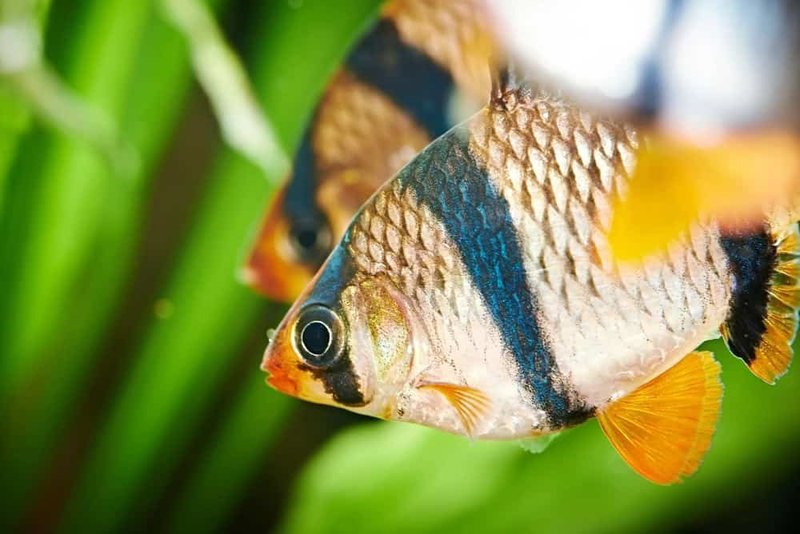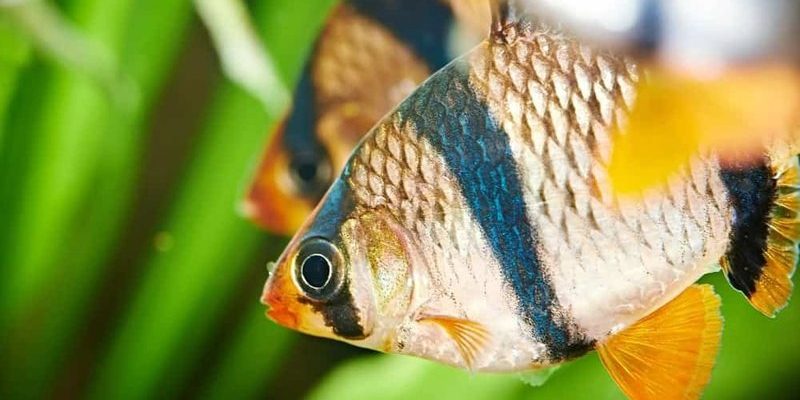
Stress in fish isn’t just a minor concern; it can lead to serious health issues. From changes in behavior to physical symptoms, understanding what’s happening beneath the surface is key. Luckily, with a bit of knowledge, you can create a happier, healthier habitat for your aquatic friends. Let’s dive into the signs of stress in freshwater fish and how you can help them thrive.
Common Signs of Stress in Freshwater Fish
Recognizing stress in freshwater fish is like picking up on subtle cues from a friend who’s worried. Fish can’t speak, but they communicate through their behaviors. Here are some common signs to watch for:
- Rapid Gilling: If you notice your fish are breathing rapidly and their gills are moving quickly, they might be stressed. This can occur due to poor water quality or low oxygen levels.
- Hiding: Fish that usually swim freely may start hiding. If they’re spending a lot of time behind decorations or plants, it could indicate stress.
- Erratic Swimming: When fish swim erratically or dart around the tank, it’s a red flag. This behavior can be a response to fear or discomfort.
- Lethargy: On the flip side, if your fish seem unusually lethargic, it’s worth investigating. They might be feeling unwell or stressed from environmental changes.
Keeping an eye on these behaviors can help ensure your fish live happily in their underwater world.
Poor Water Quality: The Silent Stressor
Water quality is one of the most crucial factors in a fish’s life. Imagine living in a messy room with clutter everywhere—pretty stressful, right? Fish feel the same way about their environment. High levels of ammonia, nitrites, or nitrates can lead to stress and illness. Regularly testing your water helps keep things in check. Here’s what you should monitor:
- pH Levels: Aim for a stable pH suited to your fish species. Sudden changes can be stressful.
- Temperature: Keep the water temperature consistent. Sudden drops or rises can give fish a fright.
- Ammonia and Nitrite Levels: Both should be at zero. Even small amounts can be harmful.
- Nitrate Levels: While a bit of nitrate is okay, it should ideally be kept below 20 ppm.
By regularly checking these parameters, you’re creating a more stable environment.
Overcrowding: A Fishy Nightmare
Think about it—being packed into a tiny space with too many people can feel claustrophobic. For fish, overcrowding can lead to stress and fighting. The ideal number of fish varies by species, but here’s a general guideline: aim for one inch of fish per gallon of water. If you see persistent aggression or territorial disputes, it’s time to consider a larger tank or removing some fish.
You might also want to think about how your fish interact with each other. Some species are more social than others. Providing hiding spots, like rocks or plants, can help give fish a sense of security in a crowded environment.
Inadequate Diet: Feeding the Stress
Just like we get cranky when hungry, fish can become stressed if they’re not getting the right nutrition. A poor diet can weaken their immune systems and make them more susceptible to disease. Here’s what to keep in mind when it comes to feeding your freshwater fish:
- Variety is Key: Different species have different dietary needs. Make sure to provide a balanced diet that includes flake food, pellets, and occasional treats like frozen or live food.
- Feeding Schedule: Establish a routine. Most fish thrive on small, frequent feedings rather than one big meal.
- Avoid Overfeeding: Too much food can lead to water quality issues. Only feed what your fish can consume in a few minutes.
Providing proper nutrition not only helps reduce stress but promotes a happier, more vibrant fish community.
Hiding Spots and Enrichment: Creating a Safe Space
Sometimes, all your fish need is a safe space to feel secure. Imagine you’re at a loud party, and you can’t find a quiet corner; it’s stressful, right? Fish feel the same way when their environment lacks hiding spots. Adding enrichment can make a big difference in their well-being.
Consider decorating your tank with:
- Plants: Live or artificial plants provide shelter and reduce stress.
- Caves or Hideouts: These give fish a place to retreat if they feel threatened.
- Swim-through Structures: Adding rocks or driftwood encourages exploration and helps fish feel more at home.
A well-decorated tank not only looks great but also creates a more natural environment, which supports healthy behaviors.
Monitoring and Maintenance: Keeping Stress at Bay
Regular maintenance is crucial for creating and maintaining a stress-free environment for your fish. A clean tank with stable water conditions is happier for everyone involved. Here’s how to keep your aquarium in tip-top shape:
- Regular Water Changes: Aim to change 10-15% of the water weekly to keep things fresh.
- Filter Maintenance: Clean or replace filter media regularly to ensure water stays clean.
- Observe Your Fish: Spend time watching your fish. Changes in behavior can indicate stress or illness.
By staying proactive, you can prevent many stress-related issues before they become serious.
Recognizing and alleviating stress in freshwater fish is essential for their health and happiness. By understanding the signs of stress and what contributes to it, you’re better equipped to create a thriving aquatic environment. Keeping an eye on water quality, avoiding overcrowding, offering proper nutrition, providing hiding spots, and maintaining a clean tank all play crucial roles in your fish’s well-being.
Remember, happy fish make for a happier tank! With a little care and attention, you can ensure your freshwater friends live their best lives.

